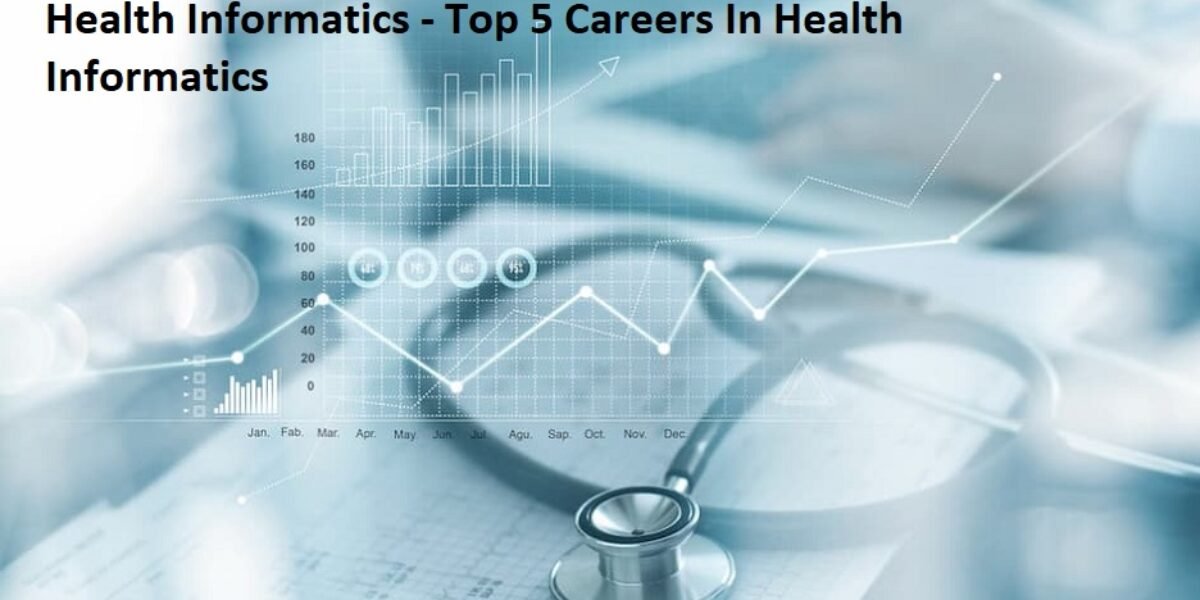The introduction of digital health has brought about exciting prospects for the future of medicine. Technological advancements have made healthcare more accessible, resulting in better treatments and the eradication of deadly diseases.
However, these advancements also pose risks to the healthcare system. For instance, there is a threat to privacy due to hacked medical devices, and bioterrorism is also a concern.
Despite these risks, it is essential to generate discourse around these issues and prepare all stakeholders to address them.
In this article, we will highlight some of the major hazards that technology poses in the digital health age and discuss how they have become potential hazards.
1. Regulating Adaptive A.I. algorithms
2. Hacking Medical Devices Remotely
3. Privacy Breaches By And On Direct-to-consumer Devices And Services
The relationship between digital health adoption and privacy is a delicate balance. In order to obtain personalized results, health sensors and artificial intelligence tools require access to our personal health data, which compromises a part of our privacy.
However, the security of this data, once companies have access to it, is questionable. For example, 23andMe, a popular DNA testing company, recently signed a $300 million deal with pharmaceutical giant GSK for drug development, utilizing genetic resources from its customers without their knowledge.
The issues surrounding privacy and security in the digital health era are complex and likely to become even more complicated as more advanced technologies are integrated into healthcare.
Therefore, all stakeholders in the healthcare industry must consider the need for changes in this era. To assist with navigating these questions, we have published an e-book dedicated to the topic.
4. Ransomware Attacks On Hospitals
The most common type of cyber threat in healthcare is ransomware, which involves hackers using malware or digital viruses to encrypt important files, rendering them inaccessible until a ransom is paid, typically through cryptocurrency.
The most high-profile example was the WannaCry attacks on 61 NHS institutions in 2017, which resulted in cancelled operations and clinical appointments, loss of internet connection in hospitals, and diverted patients from emergency departments for up to a week. This trend has continued, with a 45% increase in cyberattacks on healthcare organizations globally in November and December of 2020.
It is crucial that cyber threats in healthcare are taken seriously, and patients, medical staff, and management must work together to improve security and understand cybercrime methods in order to better protect patient data.
5. Technologies Supporting Self-Diagnosis
Physicians are concerned that patients who search for symptoms and treatments online may incorrectly associate the information they find with more severe conditions than what their doctor has diagnosed.
Additionally, researchers are warning that patients may be going to hospitals due to notifications from smartwatches about abnormal ECG readings, many of which are not clinically relevant.
As more patients gain access to home metrics from sources such as blood tests and genetic analyses, including inaccurate services from unregulated companies, there is a risk of even more serious cases of misinterpretation or self-medication. It is important to persuade patients not to further burden hospitals in this way.
To prevent this, proper guidance from medical professionals can help patients interpret readings from their smart sensors, and authorities can regulate these services to help patients identify trustworthy companies. This will ultimately help to avoid unnecessary hospital visits.
6. Bioterrorism Through Digital Health Technologies
The interconnected world of digital health technologies has brought about convenience and enhanced medical solutions, but it has also escalated bioterrorism to new levels.
During our discussion, we highlighted the vulnerability of medical devices to remote hacking and the danger of ransomware attacks that could potentially be fatal to some patients.
In addition to these concerns, recent advancements such as Neuralink’s proposal to implant a “Fitbit in your skull” and NaNotics’ development of nanorobots that “mop up” disease-causing molecules from the body, have raised questions about the possibility of bioterrorists hacking into these devices and gaining direct control over our health.
Given the advanced technologies on the horizon, it is crucial to consider ways to prevent such attacks and protect patients’ health
7. A.I. Not Tested In A Real-life Clinical Setting
We often hear about the impressive capabilities of artificial intelligence (A.I.) in the healthcare industry, but these outcomes are often achieved in controlled settings using selective data that may not accurately reflect real-world clinical environments.
Google experienced this firsthand when medical researchers claimed their A.I. tool could accurately screen patients for diabetic retinopathy (DR) from images with 90% accuracy. DR is a leading cause of blindness worldwide, and early detection can prevent complications.
However, the A.I. tool did not perform as well in actual practice. When used by nurses in a hospital in Thailand, they encountered various issues such as internet connection problems and low-quality scans that did not meet the A.I.’s required standard, resulting in no result. In some cases, nurses had to spend extra time editing images that the algorithm did not want to analyze.
8. Electronic Medical Records Not Being Able To Accommodate Patient-Obtained Digital Health Data
As the popularity of fitness wearables and affordable direct-to-consumer genetic tests increases, patients will use these tools to gather personal health data.
They will likely want to share this information with their doctors, but electronic medical records were not created to include this type of data.
However, as patients gain access to more health sensors and at-home analyses, medical records should be updated to accommodate this information in a timely manner to provide more comprehensive health metrics.
